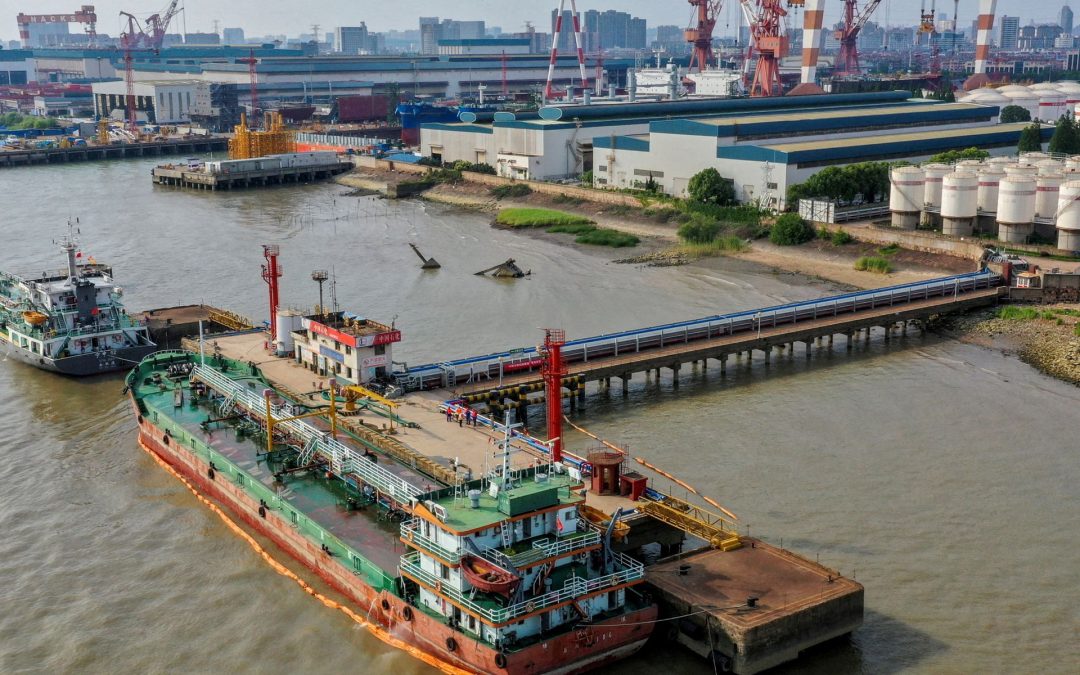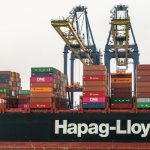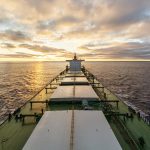Fuel cells are ready to take on the heavy lifting of decarbonisation. There is a new generation of marinised, powerful, and ocean-ready cells here to tackle a major source of transport emissions, says Johan Burgren, Business Manager Marine, PowerCell Group.
The roll-on/roll-off passenger (RoPax) ferry market is ripe for decarbonisation. The European RoPax fleet is currently an average fleet age of 38 years old. This is according to our analysis conducted for the HOPE report examining hydrogen fuel cell solutions in Nordic shipping. This age profile means that there is a major need for newbuilds, or retrofits to the existing fleet, to improve this segment of the global fleet’s environmental performance in line with demands from regulators, customers and wider society.
When exploring fleet renewal options, there are plenty of reasons to focus on true zero emission solutions. Customer demand is expected to be a key driver of zero emission ferries. Revenue-generating passengers and cargo owners already expect the RoPax ferries they use to be cleaner. By 2035, cars and haulage are expected to already be mainly electric – so will motorists and cargo owners really still choose to use a polluting ferry?
Increasingly impactful and progressive emissions regulations are also fuelling this desire. Fleets with a strong IMO Carbon Intensity Indicator (CII) rating that are also adapting to the anticipated price of carbon that will be triggered by shipping entering the European Union’s Emissions Trading System (EU ETS) in January 2024 will be at a significant commercial advantage. Not only will the cleanest newbuilds gain superior Poseidon Principals-aligned funding, but zero emission ferry operators will also access better freight rates from environmentally minded shippers and achieve further competitive advantage by minimising carbon costs.
An analysis by class society DNV of EU MRV data revealed that a significant portion of the existing RoPax fleet will already have challenges meeting existing IMO CII requirements within the next two to five years – 47% will have CII ratings of D and E. This is not the case just for old ships, but vessels that are 10 years of age which are already rated E as well. So, if the fleet is ready, what is the solution?
For fixed routes with frequent port calls, fuel cells are a viable option, as the return on capital investment equation becomes more favourable. RoPax ferries need power from A to B, not for weeks at a time or longer. Fuel cells are also perfectly suited for demanding applications where operational reliability, high power density and compact format are important parameters.
This isn’t theoretical – using fuel cells to power ferries is a reality right now. PowerCell recently signed an agreement to fit hydrogen fuel cells on two ferries owned and operated by the Norwegian transport group Torghatten Nord. The vessels will be predominantly powered by green hydrogen, and the fuel cells are expected to reduce their combined CO2 emissions by 26,500 tonnes per year, which corresponds to the CO2 emissions from 13,000 diesel cars per year being removed from the roads. These are real ferries (not demonstrators) that operate on a long and demanding route in Norway carrying approximately 599 passengers, 120 cars and 12 trucks.
This project demonstrates the culmination of 3 years of energy transition futureproof planning. It is a clear signal to the market that zero-emission shipping can be achieved through the use of hydrogen fuel cells, and that the 15% of vessels ripe for decarbonisation, short-sea fixed route shipping, should embrace hydrogen fuel cells today.
Source: Hellenic Shipping News






